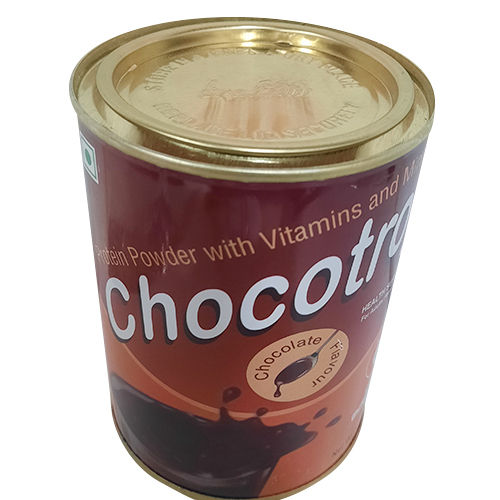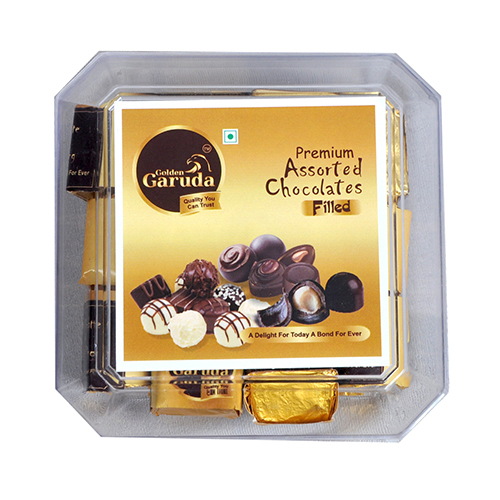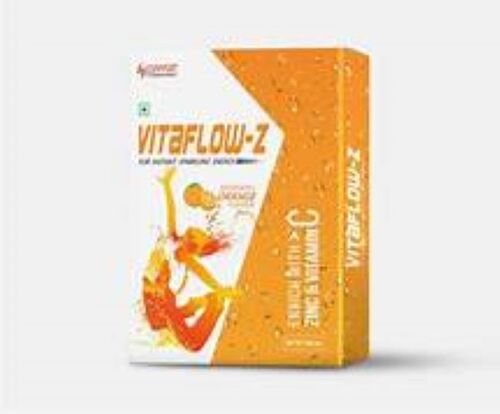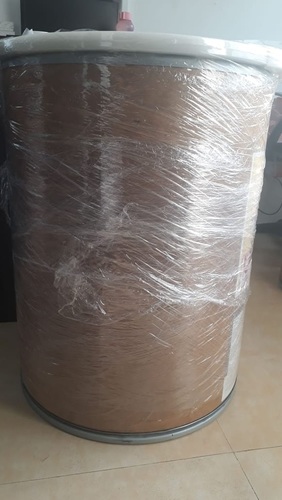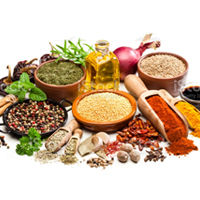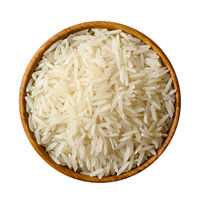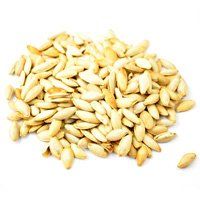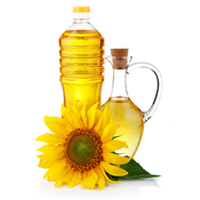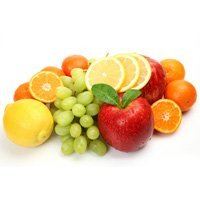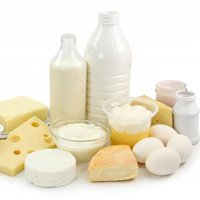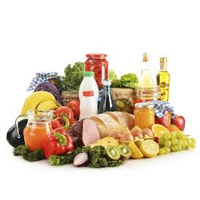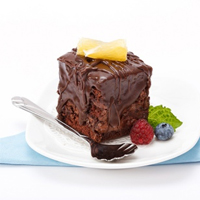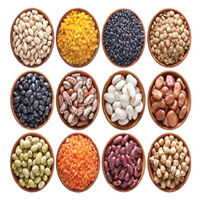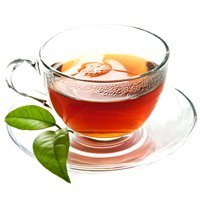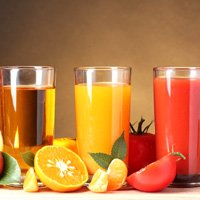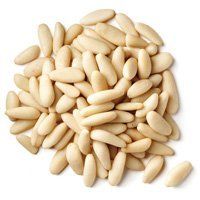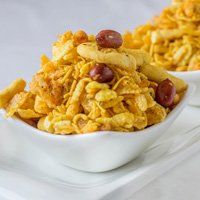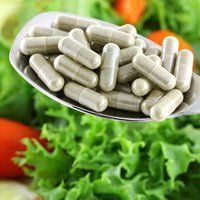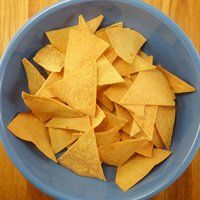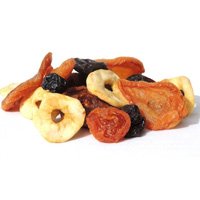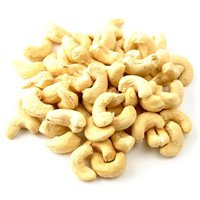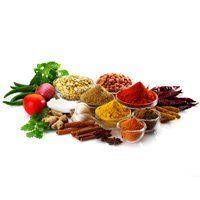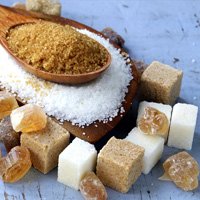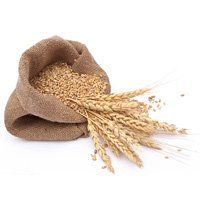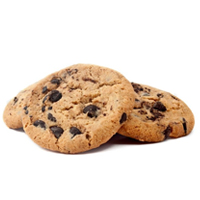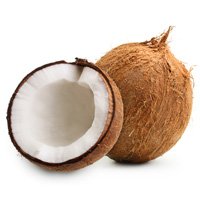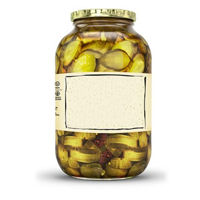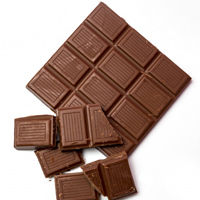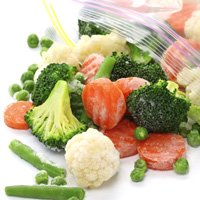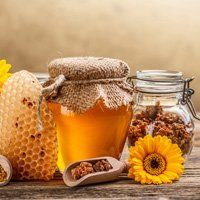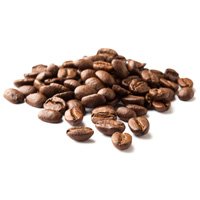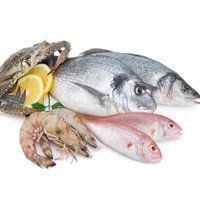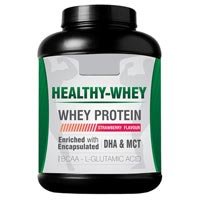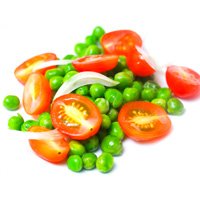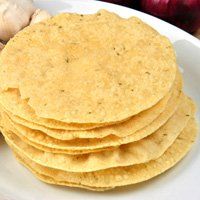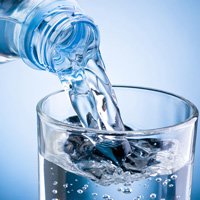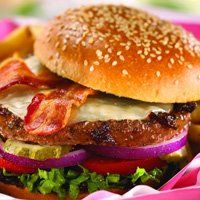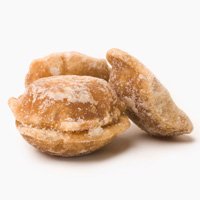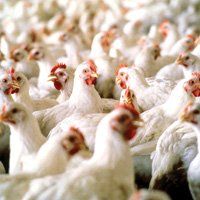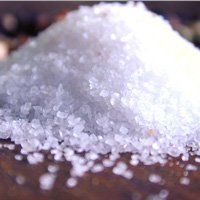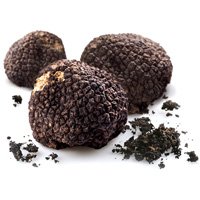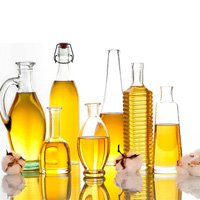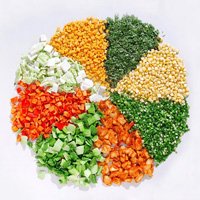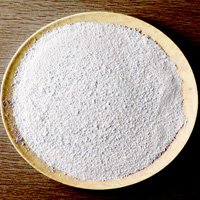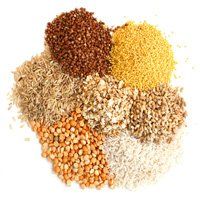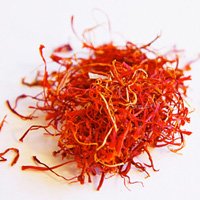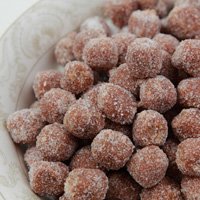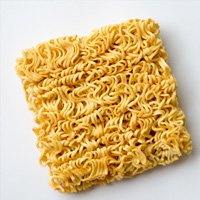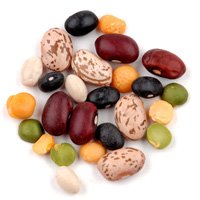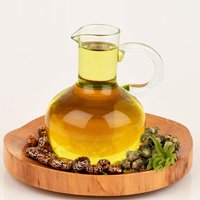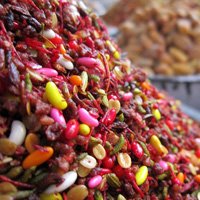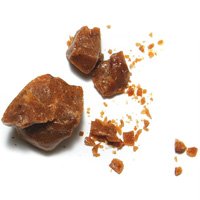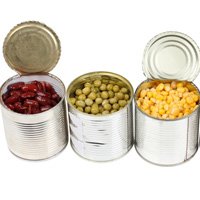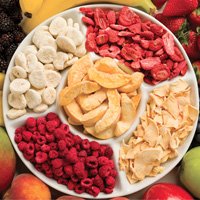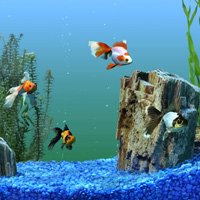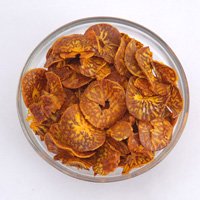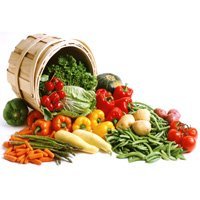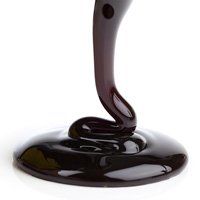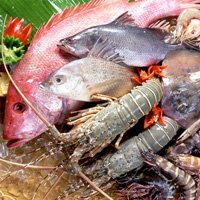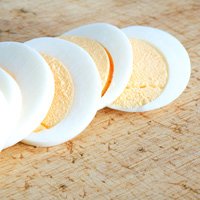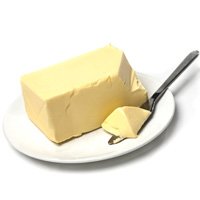Food & Beverage
Product Showcase
Recently Added Products
Food And Beverage :- Overview, History & Importance
The History of Food and Beverage
Until the 1960s, eating in was the preferred method of food consumption among the majority of Indians. When they went to the office, school, or on a trip, they always brought along some of their handmade snacks. Some folks still take food items with them whenever they go out.
Food and drink have been around for as long as people have. Not until the 19th century, with the invention of canning by Nicholas Appert and the creation of pasteurization by Louis Pasteur, did any significant progress occur.
People back then slept outside beneath the cover of trees and foraged for their meals when they were away from home. Dangerous wildlife and random bandits on the roadside compelled them to seek shelter, sustenance, and security. As a result of the dangers posed by both wild animals and bandits, safe havens like Dharamshala and Chatrams were established.
Importance of Food and Beverage Industry
The hospitality business, which includes restaurants and bars, has always catered to travelers' basic requirements for food and drink.
When people are away from home for any number of reasonsa work, school, business, pleasure, medical care, sports, religion, etc.a they must rely on the food service industry for all of their nutritional needs.
What is FMCG Non-alcoholic Beverages
Companies that manufacture and sell beverages that do not contain alcohol are a part of the "non-alcoholic beverages" sector.
The impact of the coronavirus outbreak reduced the value of the global non-alcoholic beverages market from over $1.1 trillion in 2019 to just over $1 trillion in 2020.
1. Fermented Beverages
The consumption of fermented drinks has increased in popularity recently. There are several positive health effects associated with drinking fermented beverages including kombucha, kefir, and ginger beer.
2. Zero-Alcohol Beer
Beer was always a fixture at any get-together, but sales have been on the decline in recent years. Beer has lost some of its luster in the eyes of drinkers who can now choose between a variety of alcoholic and nonalcoholic options. In 2020, volume sales of beer in the United States fell by 3%, while sales of craft beer fell by 9%.
3. Non Alcoholic Wines
Consumers are quite curious about alcohol-free wine, despite the market's youth. BevZero found that sales of alcohol-free wines increased by 39.4 percent in 2020.
4. Digital Age Boosts Non-Alcoholic Beverages Sales
The consumption of alcohol-free drinks is at an all-time high. The widespread dissemination of brand information via social media and other digital platforms has opened up vast opportunities for the alcoholic beverage business to reach new consumers.
Young adults (those between the ages of 18 and 34) are more receptive to advertising on social media and are thus more likely to try novel meals and drinks.
Trends in the Food and Beverage Industry for 2022
1. Global Flavors
Now more than ever before, people all over the world can instantly communicate with one another, opening up a whole new world of cultural experiences for everyday consumers.
Eating the food of a new culture is one of the best ways to learn about that culture.
Fortunately, there is an infinite supply of mouthwatering and envious images available on social media.
2. Transparency
It's a natural progression that this movement would coincide with ethical production practices. Customers want businesses to be open about their production methods and materials sourcing.
You'll be in a better position if you can supply as much detail as possible. Providing information to consumers in a clear and understandable manner is an example of transparency.
3. Sustainability
Consumers are more concerned about the environmental impact of the goods they purchase in light of global warming. Compared to one-time use products, those created from recycled or repurposed materials have greater value.
4. Homemade Convenience
All of humankind now has instantaneous access to the sum total of all human knowledge. This suggests that more people are engaging in risky behavior while remaining in their own homes.
Meal kit delivery services like Hello Fresh and Home Chef are booming because customers demand access to higher-quality ingredients for cooking at home.
The average person, however, lacks the training necessary to ensure that their food remains edible during the cooking process.
5. Casein-Free Diet
It's estimated that more than 30 million Americans have sensitivity to the lactose found in dairy. A severe allergic reaction can be brought on by ingesting casein, a protein found in dairy products.
This means it's essential for some Food & Beverage shoppers to steer clear of it completely. The popularity of "natural" goods has skyrocketed, and now consumers are increasingly interested in niche diet products.
6. Responsible Sourcing
While there is certainly room for error, the majority of customers want to see brands making an attempt to source their products ethically. If you truly live by this credo, you should be able to show it in the packaging.
7. Plant-Based Foods
But contrary to what you may have seen on social media, there hasn't been a significant rise in the number of strict vegetarians and vegans. Very 3% of American individuals consider themselves vegan, up only marginally from 2% in 2012.
But according to NielsenIQ, "vegan" ranks as the second most sought-after snack term and the sixth most sought-after across all online grocery buying platforms.
Is Food and Beverages FMCG?
Yes, production, distribution, and promotion of fast-moving consumer goods (FMCG), also known as consumer packaged goods (CPG), constitute the largest sector of the consumer goods industry. Due to their short shelf life and quick turnover, food and drink products frequently fall under the umbrella of fast moving consumer goods.
Common examples of fast-moving consumer goods (FMCGs) in the food and beverage industries include, but are not limited to:
- Bread, pasta, and potato chips are examples of processed foods.
- Packaged snacks like nuts and chips that don't require heating.
- Cups, bottles, and cans of various beverages
Fast-Moving Consumer Goods (FMCG) are items that people use on a regular basis. People from many walks of life spent substantial chunks of their incomes on these items, demonstrating how widely used they were.
The View of the Consumer
- High availability: Fast-moving consumer goods (FMCG) tend to be broadly distributed and can be found at a variety of retail outlets and supermarkets around the world. Buyers can now acquire these items with minimal effort.
- Purchased frequently: Products that are needed on a regular basis (or almost every day) by the average consumer are included in the category of fast moving consumer goods (FMCG). Breads and coffee, to give two examples, are two of the staples that people tend to buy on a weekly basis.
- Low buying effort: In general, buying FMCGs requires little effort from the shopper. Most people have a go-to shampoo brand or type they know they like even before trying it. The vast majority of shoppers come into the store with a clear idea of what they need, and they make a snap decision to make a purchase.
What is FMCG Food Industry?
The FMCG industry in India is the country's fourth major economic driver. Products that are manufactured, shipped, sold, and consumed in a relatively short time frame are typical of this sector. Products can be classified as either "durable" or "nondurable," whereas services are a separate category entirely. Products classified as "durable" get a shelf life of 3 years or more, while those classified as "nondurable" have a shelf life of one year or less.
In the realm of consumer products, the fastest-turnover items are by far the most prevalent category. Due to their short shelf life and immediate consumption, they are classified as nondurable goods.
Conclusion
The food and drink sector must ensure that their products are safe for consumers to consume. It's an effective measure against food-related illnesses and allergic reactions for consumers. It's crucial for the food and beverage industry's bottom line since it cuts down on costly product recalls.
Losses from product rejection, legal action, or government action against a business for rule breaking are also mitigated.
FAQs: Food & Beverage
Q. What are Beverages Exactly?
Ans. Basically every liquid consumed is included in the category of beverages. Beverages are something you could serve a guest in your home, and they are also the preferred name for businesses that produce both soft drinks and fruit juices.
Q. What do you mean by Food and Beverage?
Ans. Food and beverages include anything that is consumed by humans, whether processed, cooked, or raw, and include but are not limited to: mixed drinks, water, spirituous liquors, beer, soft drinks, soda, Ice, and other beverages.
Q. What is the Future of Food and Beverage Industry in India?
Ans. Forecasts indicate that by 2028, India's food services sector will be worth $79,65 billion, a whopping 11.19 percent increase from its current value.
Q. What is FMCG?
Ans. The Indian economy has many subsectors, but the fourth largest is the Fast Moving Consumer Goods (FMCG) industry. In this context, "high turnover" refers to consumer packaged goods that go from production to distribution to marketing to consumption in a relatively short period of time.
Q. What are the Major types of FMCG Categories?
Ans. Here are the FMCG types:
- Food and Beverages
- Personal Care
- Baked goods
- Cosmetics and toiletries
- Office supplies
- Medicines
- Cleaning Products

